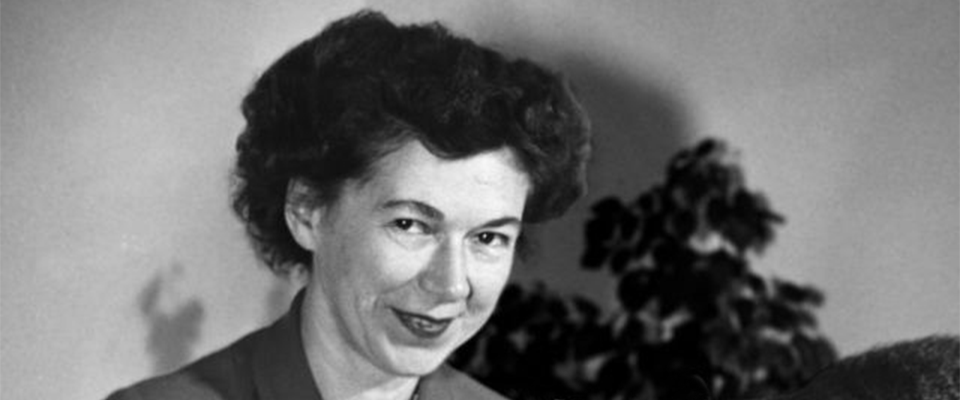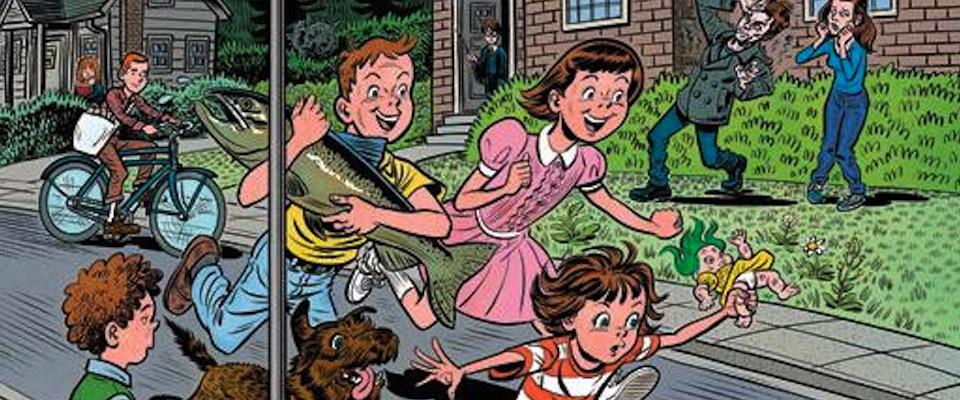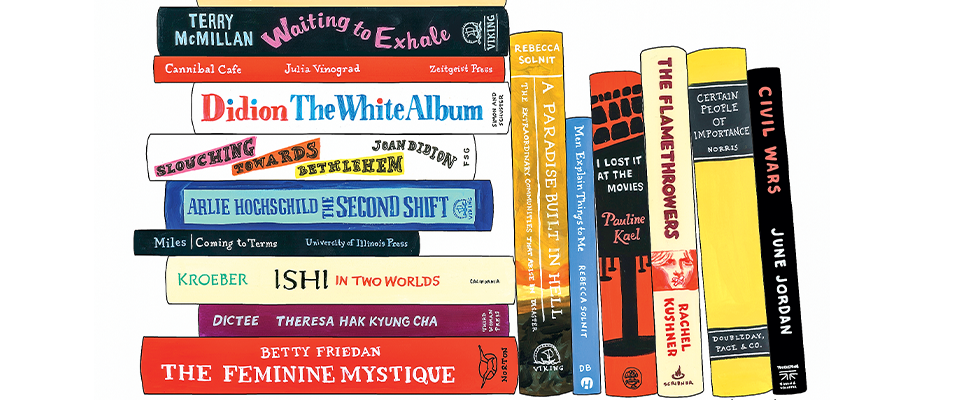It was a quiet morning at Sather Gate Book Shop in Berkeley during World War II. Beverly Cleary, who was working at the shop, idly picked up a children’s book. “‘Bow-wow. I like the green grass,’ said the puppy,” she read, as she later recalled in a memoir. “How ridiculous,” she thought. “No puppy I had known talked like that.” Struck by the abundance of unrealistic characters in children’s literature—children who lived in mansions, had nannies, and always behaved perfectly—she wondered, where were the feisty kids who made messes, slammed doors, had families with financial worries? Desiring books that reflected real life, she decided to write them herself.
Cleary went on to become one of the most cherished authors in the U.S., enchanting generations of young readers with such classic characters as Ramona Quimby and Ralph S. Mouse. She died on March 25 in Carmel, California, at 104 years old.
“In my books I write for the child within myself,” said Cleary in 1961. “I simply write the books I wanted to read when I used to put on my roller skates and go to the branch
library.”
Born in McMinnville, Oregon, in 1916, Beverly Atlee Bunn was raised an only child on a farm in the Willamette Valley town of Yamhill, which didn’t have a library until her mother established one. It wasn’t an easy childhood. Her family lost their farm when Cleary was only 6 years old and had to relocate to Portland, which became the setting for many of her books. Her father lost his job during the Great Depression, a traumatic experience that inspired the plot of Ramona and Her Father (1977), in which Ramona comes up with ways to earn money after her father is unemployed and her mother begins to work full-time.
These early years, at the farm and later in Depression-era Portland, are the backbone of her work. “In my books I write for the child within myself,” Cleary told the Oregonian in 1961. “I simply write the books I wanted to read when I used to put on my roller skates and go to the branch library.”
From a young age, Cleary’s dream was to become a librarian. She graduated from Berkeley in 1938 with a degree in English and in 1939 she got a second B.A. in librarianship from the University of Washington. A year later, she married Clarence Cleary, a graduate student she had met at Berkeley. They were together for 64 years, until his death in 2004.
During World War II, the couple moved to the Bay Area, and Cleary took up work at Sather Gate Book Shop and later at the United States army hospital in Oakland.

Cleary started writing books in her early 30s, after a miscarriage and a period of depression. In 1950 she published Henry Huggins, her first of more than 40 books. In a nearly half-century-long career, Cleary continued to bring her life into her writing, including her twins, a boy and a girl born in 1955, who were the inspiration for Mitch and Amy.
Cleary was widely celebrated in her long life. She was declared a “Living Legend” by the Library of Congress in 2000, received the National Medal of Arts from President George W. Bush in 2003, and is the namesake of a UC Berkeley residence hall. And her work, which has been published in over fourteen different languages and sold more than 90 million copies, continues to inspire readers of all ages.
Following the announcement of her death, fans around the country, from Viola Davis to Jill Biden, came out to mourn her loss and celebrate her legacy.
Many, including LGBT activist and country music artist Chely Wright, and writer and actress Faith Salie credited Cleary for modeling strong women in her female characters.

And author Nicole Chung praised Cleary’s realistic portrayal of day-to-day life.
Yet, fame never seemed to affect Cleary. Asked on NBC’S TODAY show what she was most proud of when she turned 100 years-old, the author said simply: “The fact that children love my books.”
Cleary was preceded in death by her husband, Clarence. She is survived by her two children, Malcolm and Marianne, three grandchildren, and a great-grandchild.





















